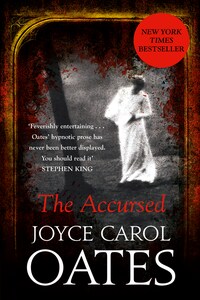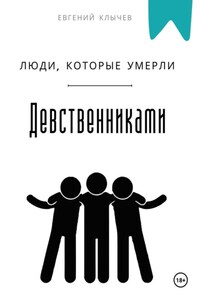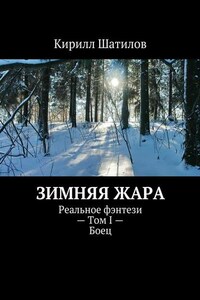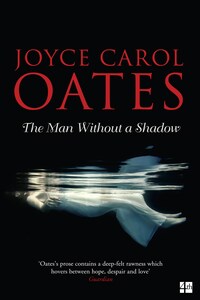AUTHOR’S NOTE
An event enters “history” when it is recorded. But there may be multiple, and competing, histories; as there are multiple, and competing, eyewitness accounts.
In this chronicle of the mysterious, seemingly linked events occurring in, and in the vicinity of, Princeton, New Jersey, in the approximate years 1900–1910, “histories” have been condensed to a single “history” as a decade in time has been condensed, for purposes of aesthetic unity, to a period of approximately fourteen months in 1905–1906.
I know that a historian should be “objective”—but I am so passionately involved in this chronicle, and so eager to expose to a new century of readers some of the revelations regarding a tragic sequence of events occurring in the early years of the twentieth century in central New Jersey, it is very difficult for me to retain a calm, let alone a scholarly, tone. I have long been dismayed by the shoddy histories that have been written about this era in Princeton—for instance, Q. T. Hollinger’s The Unsolved Enigma of the Crosswicks Curse: A Fresh Inquiry (1949), a compendium of truths, half-truths, and outright falsehoods published by a local amateur historian in an effort to correct the most obvious errors of previous historians (Tite, Birdseye, Worthing, and Croft-Crooke) and the one-time best seller The Vampire Murders of Old Princeton (1938) by an “anonymous” author (believed to be a resident of the West End of Princeton), a notorious exploitive effort that dwells upon the superficial “sensational” aspects of the Curse, at the expense of the more subtle and less evident—i.e., the psychological, moral, and spiritual.
I am embarrassed to state here, so bluntly, at the very start of my chronicle, my particular qualifications for taking on this challenging project. So I will mention only that, like several key individuals in this chronicle, I am a graduate of Princeton University (Class of 1927). I have long been a native Princetonian, born in February 1906, and baptized in the First Presbyterian Church of Princeton; I am descended from two of the oldest Princeton families, the Strachans and the van Dycks; my family residence was that austere old French Normandy stone mansion at 87 Hodge Road, now owned by strangers with a name ending in –stein who, it is said, have barbarously “gutted” the interior of the house and “renovated” it in a “more modern” style. (I apologize for this intercalation! It is not so much an emotional as it is an aesthetic and moral outburst I promise will not happen again.) Thus, though a very young child in the aftermath of the “accursed” era, I passed my adolescence in Princeton at a time when the tragic mysteries were often talked-of, in wonderment and dread; and when the forced resignation of Woodrow Wilson from the presidency of Princeton University, in 1910, was still a matter of both regret and malicious mirth in the community.
Through these connections, and others, I have been privy to many materials unavailable to other historians, like the shocking, secret coded journal of the invalid Mrs. Adelaide McLean Burr, and the intimate (and also rather shocking) personal letters of Woodrow Wilson to his beloved wife Ellen, as well as the hallucinatory ravings of the “accursed” grandchildren of Winslow Slade. (Todd Slade was an older classmate of mine at the Princeton Academy, whom I knew only at a distance.) Also, I have had access to many other personal documents—letters, diaries, journals—never available to outsiders. In addition, I have had the privilege of consulting the Manuscripts and Special Collections of Firestone Library at Princeton University. (Though I can’t boast of having waded through the legendary five tons of research materials like Woodrow Wilson’s early biographer Ray Stannard Baker, I am sure that I’ve closely perused at least a full ton.) I hope it doesn’t sound boastful to claim that of all persons living—now—no one is possessed of as much information as I am concerning the private, as well as the public, nature of the Curse.









